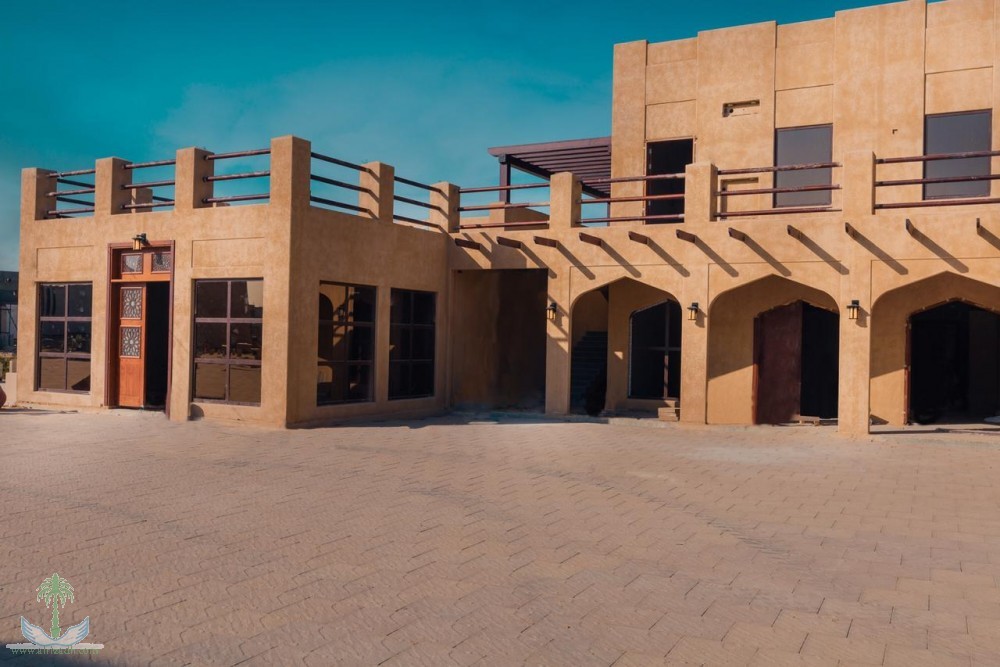
Al-Shaddad a Traditional Invention Reflecting Human Ingenuity in Conquering the Desert
The “shaddad” stands as one of the oldest artisanal innovations in the Arabian Peninsula, serving as an essential tool in Bedouin life. Used for riding camels and transporting supplies across deserts, it embodies the deep heritage and ingenuity of early communities in adapting to the harsh desert environment.
Crafted from curved wood and fixed to the front and back of a camel’s back, the shaddad is supported by a cushion placed between the wooden arcs, ensuring balance and comfort during long journeys. It served as a vital companion during nomadic travel, trade expeditions, and the transportation of passengers and goods over vast, rugged terrain.
Its design varies based on function, with one type designated for riding and another for carrying heavy loads — underscoring the profound bond between humans and camels, the indispensable icons of desert life.
Despite the evolution of modern transportation, the shaddad remains a fixture in cultural and heritage displays, often featured as a decorative piece in guest areas and traditional markets. It serves as a symbol of authenticity and a tangible link to ancestral roots.
This artisanal innovation reflects the resourcefulness of ancient communities in utilizing local materials to create practical tools that reflect sustainability, innovation, and a cultural identity centered on the camel as a symbol of endurance, strength, and adaptability.
Today, the shaddad endures as a unique heritage icon, carrying a powerful message about the importance of preserving folklore and honoring its symbols in cultural forums, reinforcing values of self-reliance and harmony with nature.








